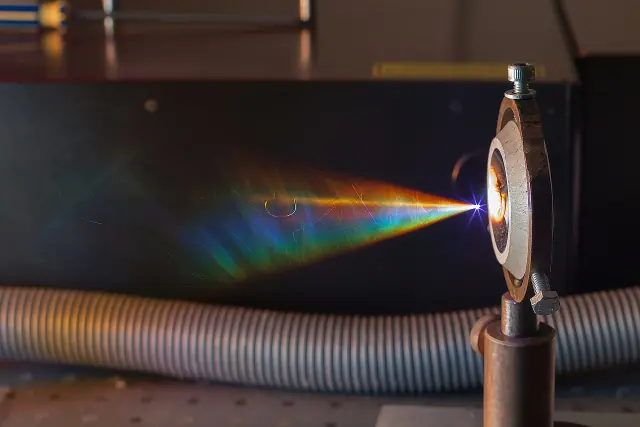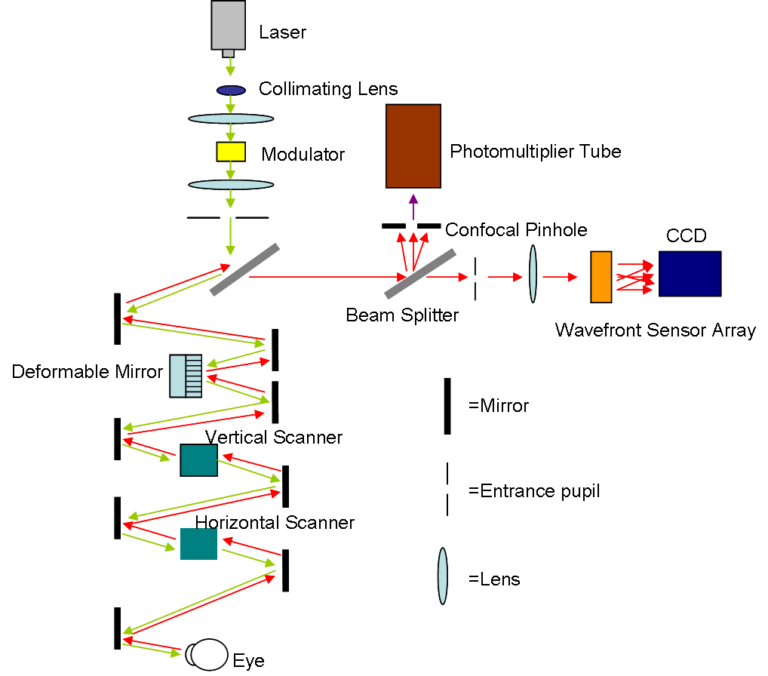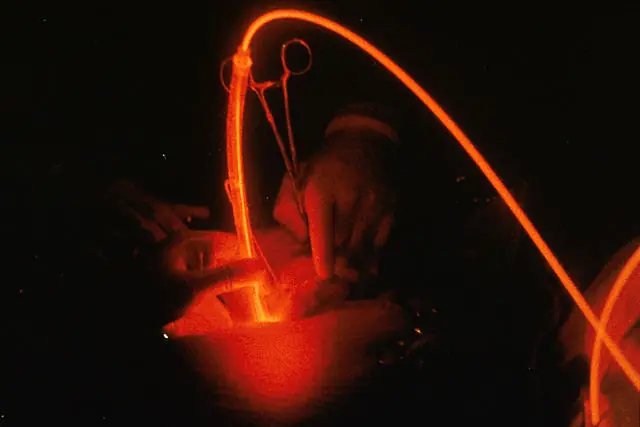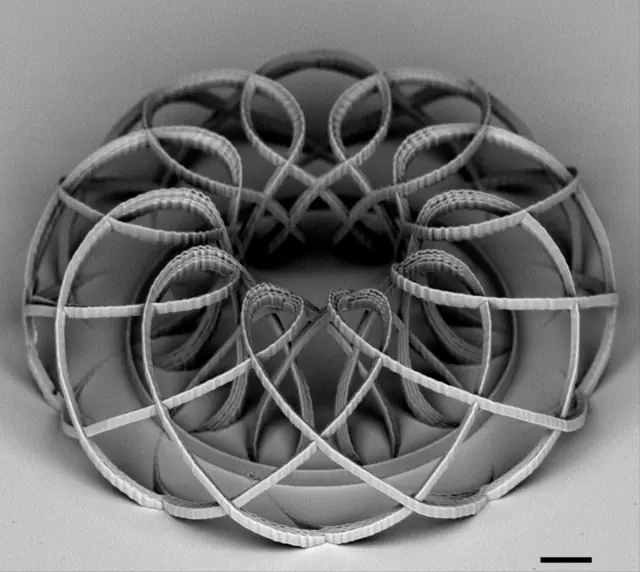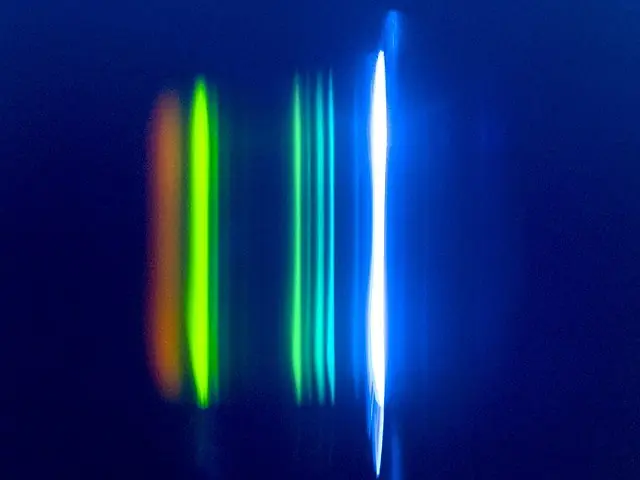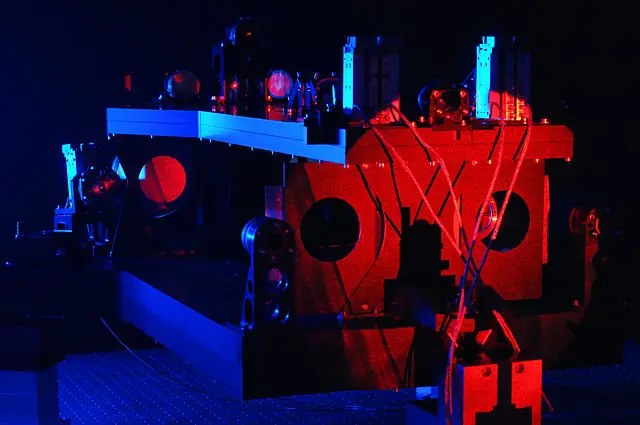How Does Laser Cooling Work?
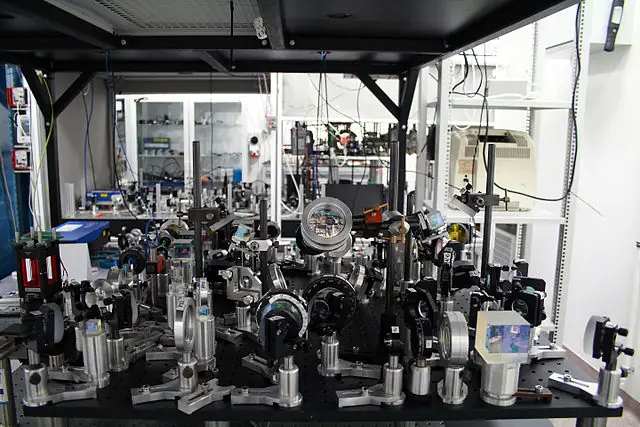
Laser cooling is a technique used to lower the temperature of a system or material using lasers, often close to absolute zero (-273.15°C). It is based on the principle that when a material absorbs or emits light, it will also experience a force. This force can be used to manipulate the motion and temperature of the material.
There are several different mechanisms by which laser cooling can occur. One of the most common is through the process of Doppler cooling, which relies on the Doppler effect to lower the temperature of a moving object. When a laser beam is shone on a moving object, the frequency of the light will be shifted due to the motion of the object. If the object is moving towards the laser, the frequency of the light will be higher, and if it is moving away, the frequency will be lower.
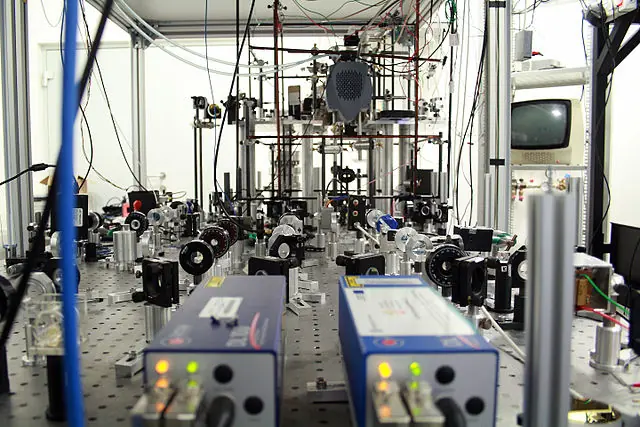
As the object absorbs and emits photons of light, it will also experience a force due to the change in frequency. If the object is moving towards the laser, it will absorb photons with a higher frequency and emit photons with a lower frequency, resulting in a net force that slows the object down. Conversely, if the object is moving away from the laser, it will absorb photons with a lower frequency and emit photons with a higher frequency, resulting in a net force that speeds the object up.
By carefully controlling the intensity and frequency of the laser, it is possible to use this effect to cool the motion of an object to almost absolute zero. This has been demonstrated using a variety of systems, including atoms, molecules, and even small mechanical objects.

Another mechanism for laser cooling is through the process of spontaneous emission cooling, which relies on the fact that atoms and molecules have a finite probability of spontaneously emitting photons. When an atom or molecule is excited by a laser, it has a certain probability of emitting a photon and returning to a lower energy state. By shining a laser on an ensemble of atoms or molecules and carefully controlling the intensity and frequency of the laser, it is possible to increase the rate at which the atoms or molecules emit photons, resulting in cooling of the system.
Laser cooling has a wide range of applications, including the production of ultra-cold gases for use in research, the development of high-precision sensors and clocks, and the study of fundamental physics phenomena at extremely low temperatures. It is a powerful tool that has allowed scientists to explore the behavior of matter at temperatures and scales that were previously unimaginable.

